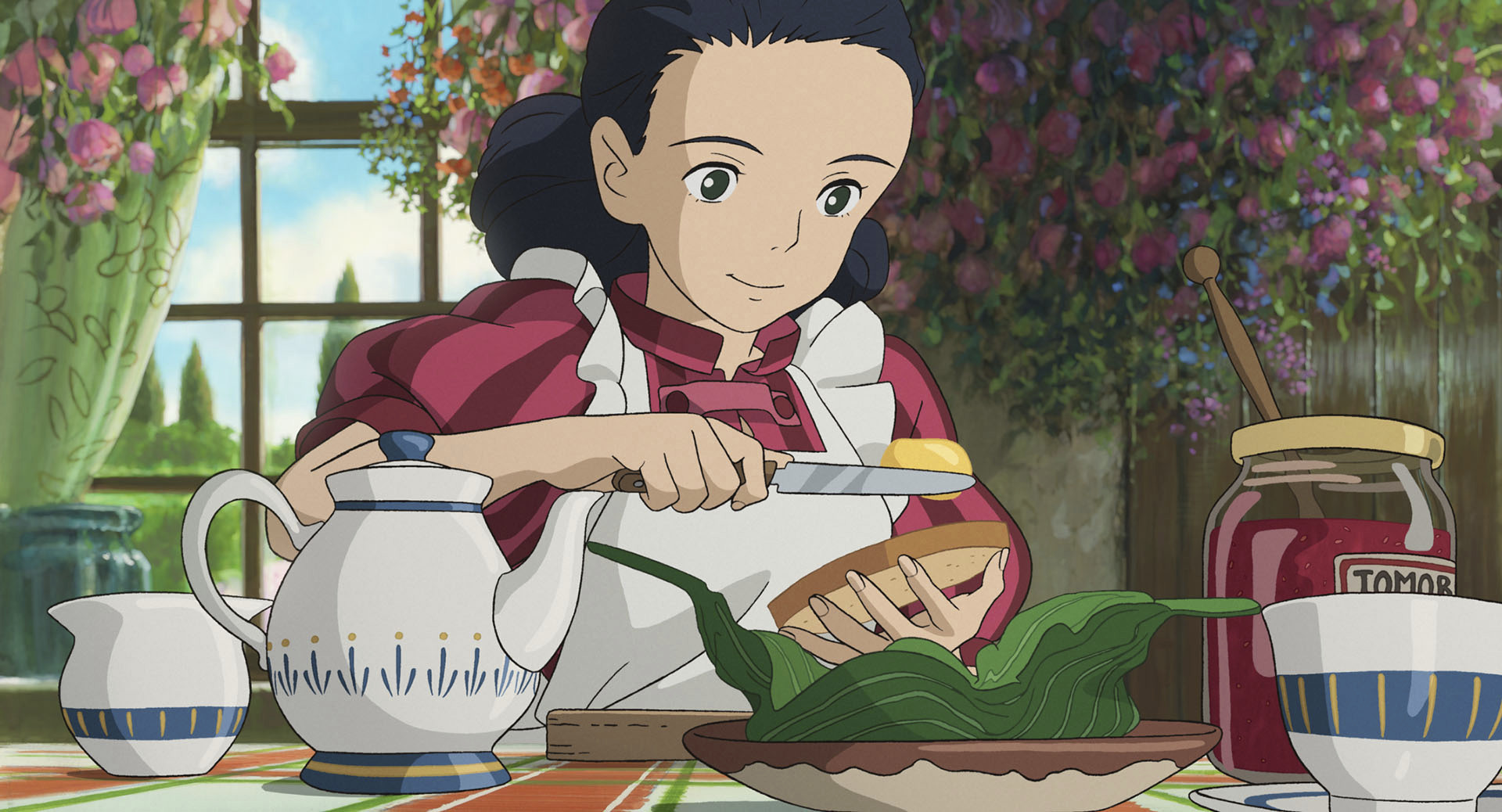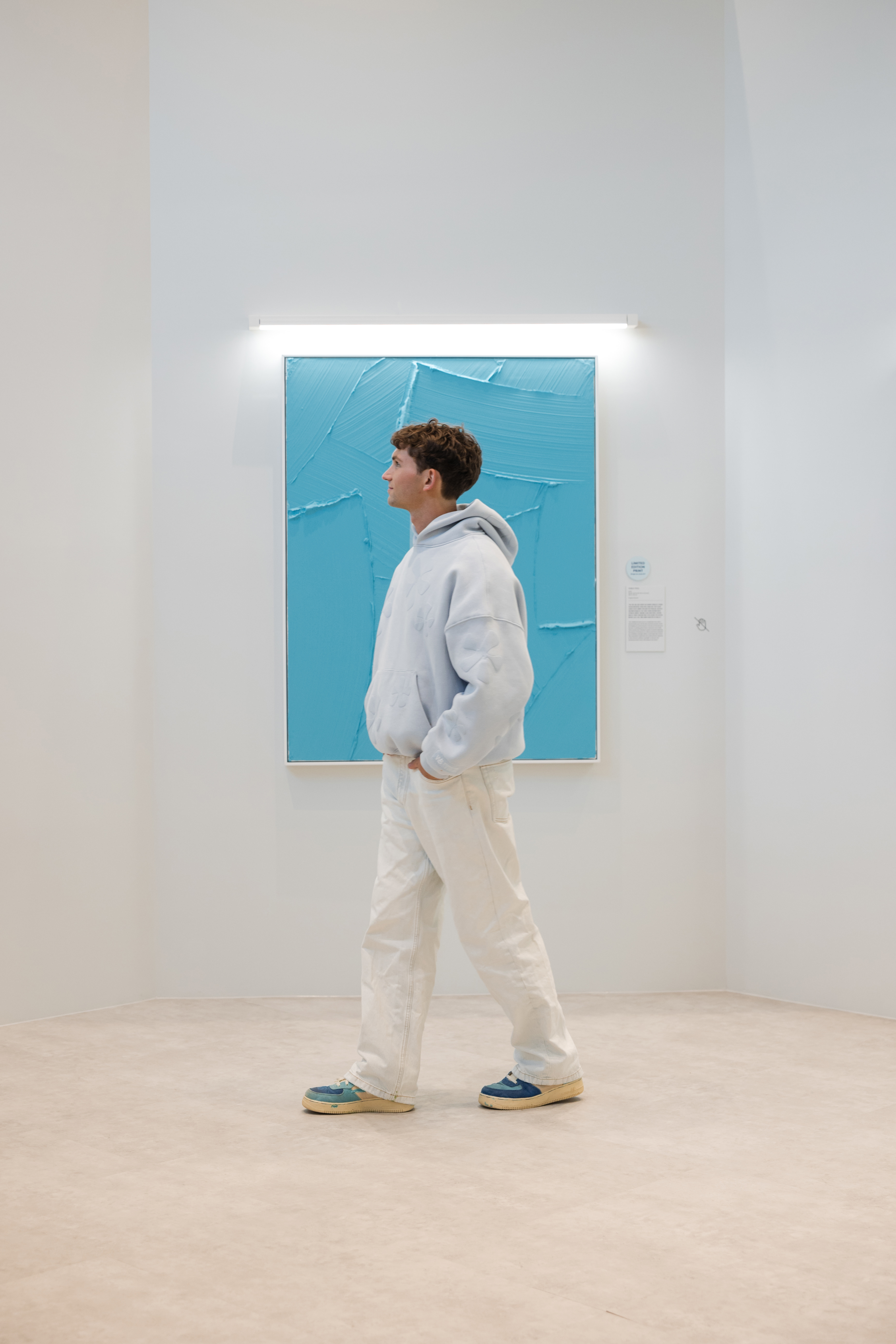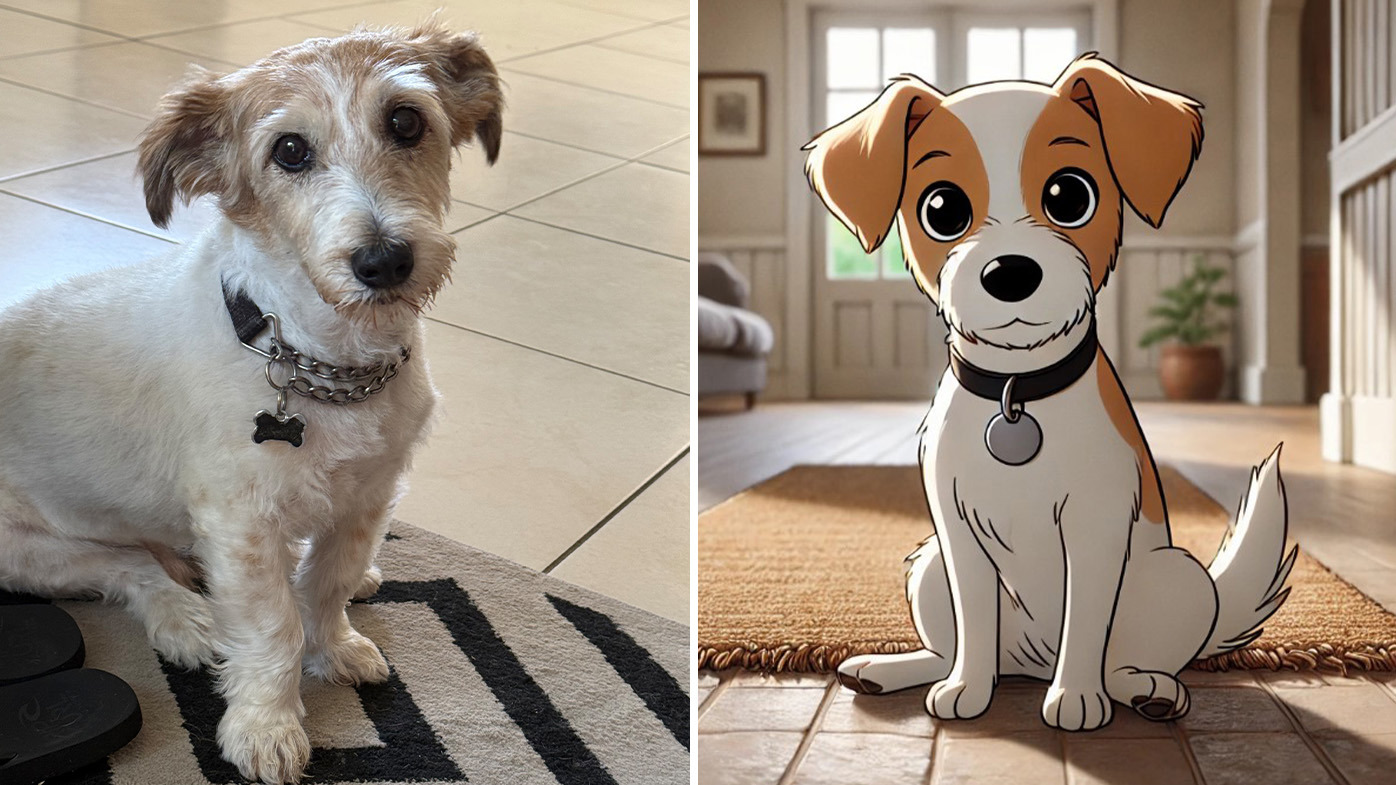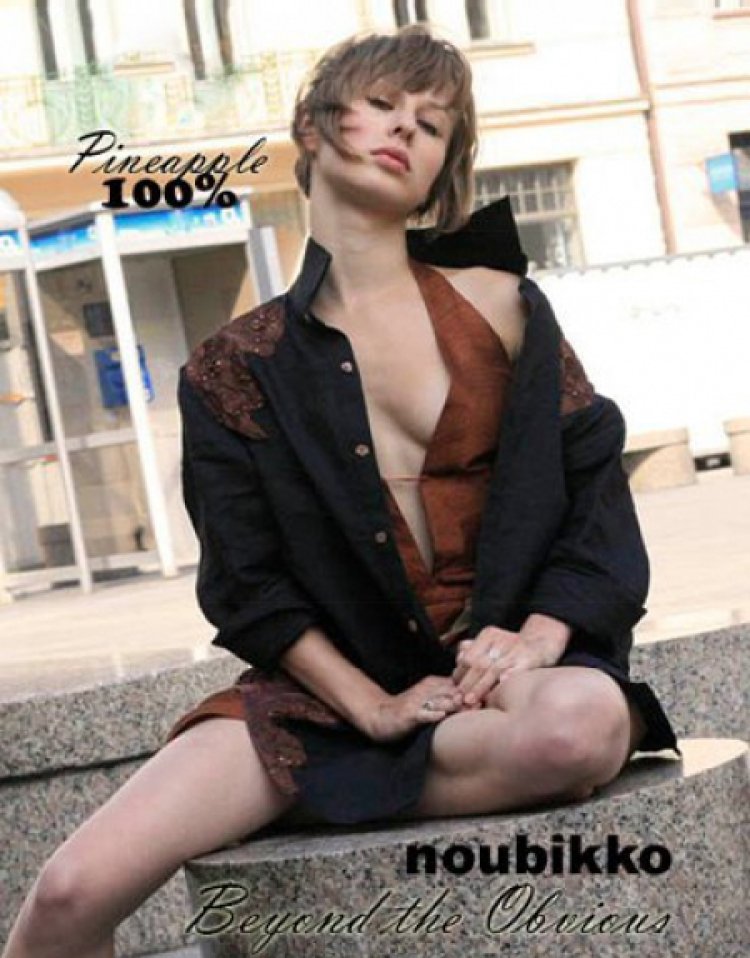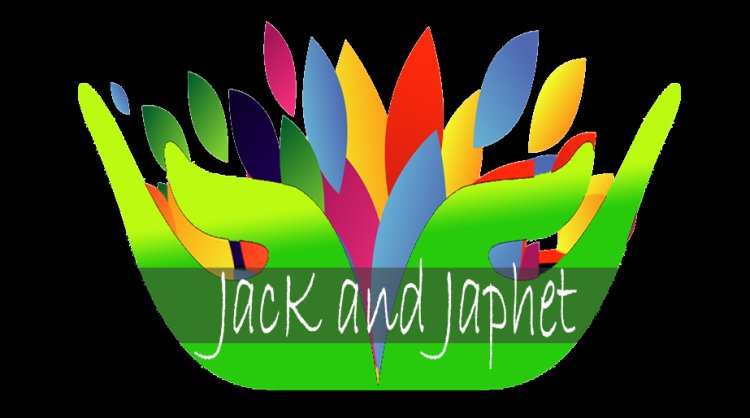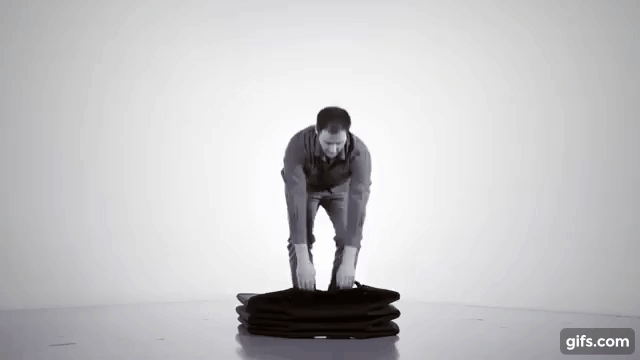How AI art is 'damaging' Australian artists
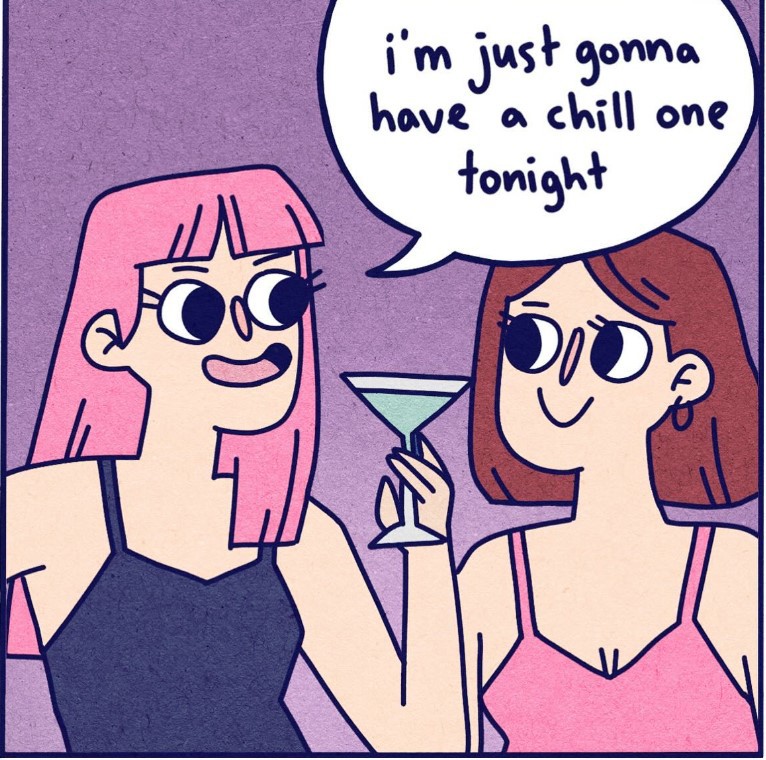
Exclusive: Comic artist Evie Hilliar says she has been left feeling "tired" and "helpless" over the Artificial Intelligence art trend.
Recently, social media has been ablaze with AI artworks mimicking the Studio Ghibli art style, made famous by the legendary Japanese animators Hayao Miyazaki, Isao Takahata, Toshio Suzuki and Yasuyoshi Tokuma.
Hilliar has personally been affected by the AI art trend, with her digital comics taken and turned into animations using AI, without giving her credit or asking her permission.
READ MORE: Six dead after helicopter crashes into New York's Hudson River
"It's no secret most artists are very much against AI... in terms of ripping off other people's styles, of course I'm against it, but I don't think there's any stopping it," Hilliar told 9News.
"I feel a bit helpless, I've tried to AI generate my own work to see what comes up, and it does a pretty good job.
"I see a lot on TikTok and Youtube, people have taken my comics and put AI voices over it... Honestly, it bothers me because I don't get that traction; if I don't get credit, then I don't get work.
"This is taking away from me making a living."
Art law experts say the trend is "damaging" to the Australian art landscape, as a complex combination of gaps in copyright and ethical ambiguity creates issues for already struggling Aussie artists.
READ MORE: Trump officials restrict access to president's daily intelligence briefing
"We're really concerned about the implications for Australian artists and artists around the world," CEO of Arts Law Australia and copyright law expert Dr Louise Buckingham said.
"Their livelihoods are being undermined by this capacity for cheap and free inauthentic lookalike products, and all the ways the law falls short in this area... it ends up harming them.
"Copyright doesn't protect or subsist in things like styles and techniques... that's why doing something in the style of (another artist) using a generative AI tool can be really damaging... (art)works can be vulnerable in that sense."
It's not just the law surrounding the AI art that's complex - the issue has also caused division of opinions in the art world.
Sydney-based artist Werner Bronkorst has no issues with the use of AI in art, but said he understands why some people would be upset if a beloved art style is copied.
"I'm sure it would be kind of a gut-wrenching feeling when something that you've worked for your whole entire life is now being kind of mass-produced and people are benefiting from that," he said.
"On the other hand, if it's not infringing on any copyright... if you can't copyright a style then to me personally I don't have a problem with AI.
"On a broader spectrum as an artist, AI is a really good tool, and you can use it for good or bad.
"I don't use it a lot, but I did last year for a collection of mine where I drew cars with charcoal...that's me drawing, still creating artwork, but I used AI to generate images that I draw - that way I don't infringe on other artists' photographs."
READ MORE: Woman gives birth to stranger's baby after IVF bungle
While copyright doesn't apply to art styles or techniques, it does apply to artworks themselves.
If a "substantial part" of an existing artwork is mimicked, the person involved in making it could absolutely face legal repercussions, even if they were unaware that the model had used parts of an existing work.
Artists also have the right to attribution, which is likely infringed upon in the generative AI process, Buckingham said.
"[The AI model] might end up seeming to have used a substantial part of the underlying work... looking at the Studio Ghibili phenomenon, you might end up with a pretty clear-cut example where it looks like a substantial part of an existing Ghibli artwork has been reproduced," she said.
"Any person who's been involved with the things that are exclusively within the rights of the copyright owner...anyone doing any part of that activity can be liable."
READ MORE: Remains of dozens of First Nations ancestors return home
A substantial part of an artwork can include anything that makes the work distinctive, vital, important or essential.
Fines for copyright infringement can vary; one notable case saw Clive Palmer paying $1.2 million for the misuse of We're not gonna take it by the Twisted Sisters in political advertising.



